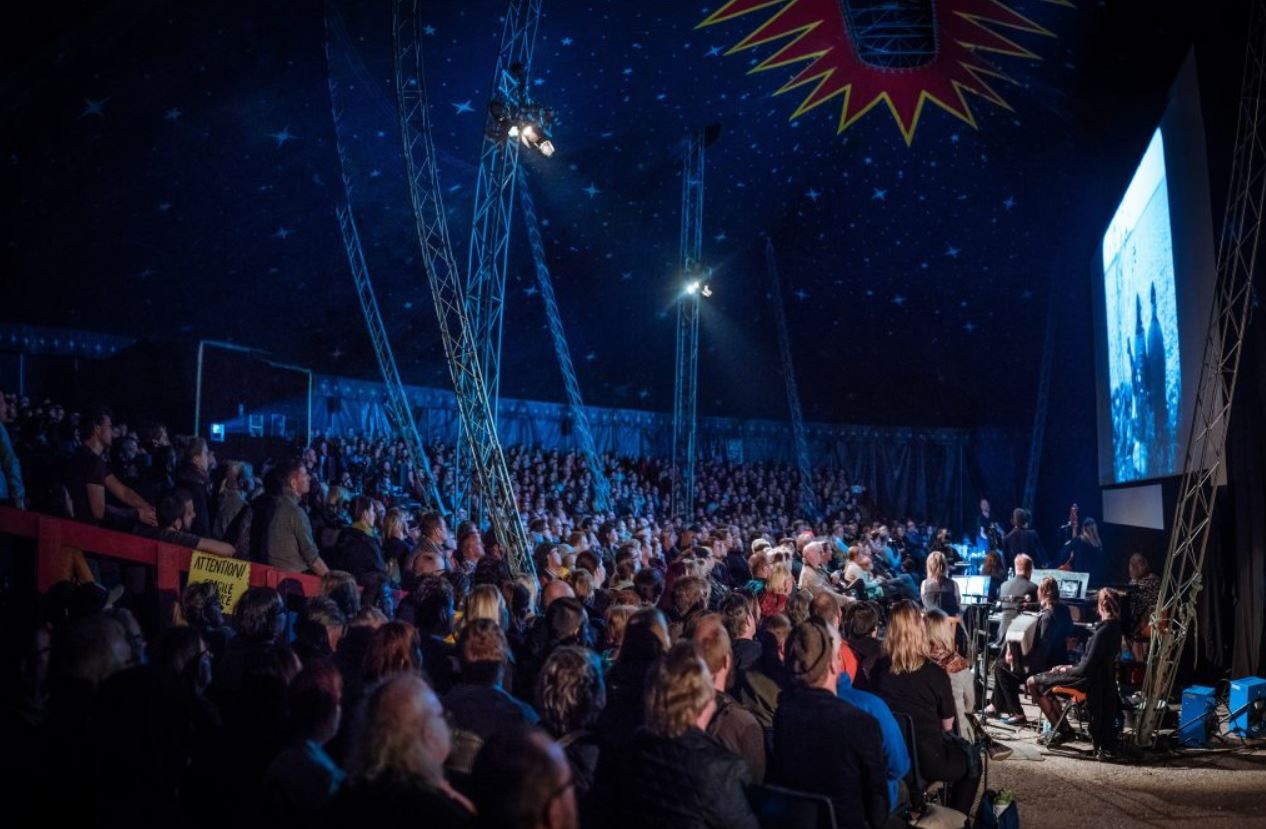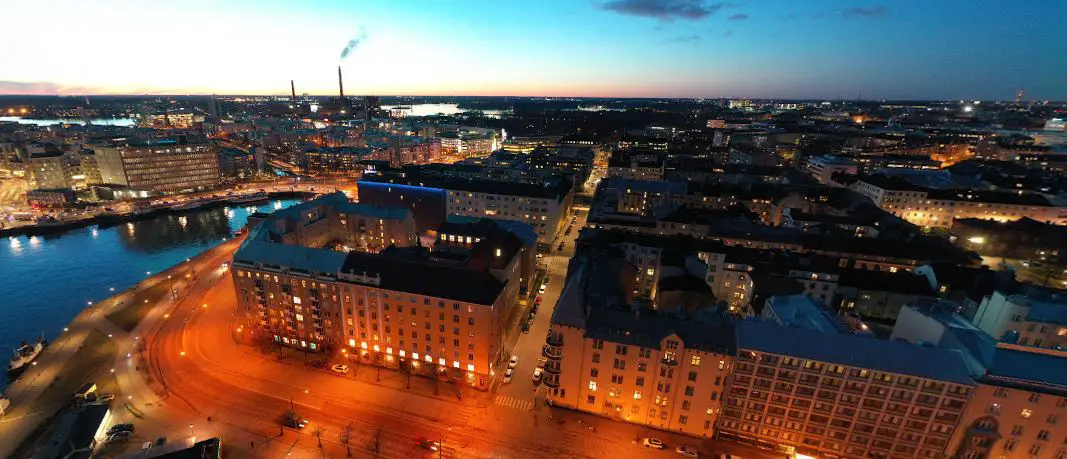What is the history of the iconic Sibelius Monument in Helsinki?
Post ByAdequate Travel
Summary
The Sibelius Monument in Helsinki is celebrated as one of the country's most iconic landmarks. Built in 1967, this monument is a beautiful tribute to beloved Finnish composer Jean Sibelius that has come to symbolize a sense of national pride. . Learn more about the history, symbolism, and beautiful architecture of this captivating memorial! Before embarking on your journey to finland, make sure to check the latest travel guidelines and entry requirements to ensure a smooth tripThe History of the Sibelius Monument in Helsinki
1. Concept Development:
In 1961, the Finnish government announced an open competition inviting proposals for a monument to honor the renowned Finnish composer Jean Sibelius. The competition aimed to find a design that commemorated Sibelius's contribution to the world of classical music.
2. Winning Design by Eila Hiltunen:
Eila Hiltunen, a Finnish sculptor, won the competition with her striking design. Her proposal depicted the essence of Sibelius’s music and incorporated abstract symbolism. The design received both praise and criticism for its unconventional approach.
3. Construction Phase:
After Hiltunen’s design was chosen, construction of the monument began in 1964. The monument was built in the Sibelius Park, located in the Töölö district of Helsinki.
4. Unveiling of the Monument:
The Sibelius Monument was unveiled to the public on September 7, 1967, commemorating the 100th anniversary of Sibelius's birth. It quickly became a much-loved landmark in Helsinki and a symbol of the country's appreciation for its renowned composer.
5. Monument Design:
The monument stands at over 8 meters tall and is made up of more than 600 hollow stainless steel pipes. These pipes are arranged in a wave-like pattern, resembling organ pipes or tree trunks. The abstract nature of the monument encourages individual interpretation, with some seeing the pipes as a representation of the music itself.
6. Restoration and Vandalism:
Over the years, the Sibelius Monument has undergone several restorations to preserve its original beauty. Unfortunately, it has also been a target of vandalism, with the pipes being stolen or damaged. These incidents have prompted increased security measures and raised awareness about the importance of protecting this cultural treasure.
7. Status as an Iconic Landmark:
The Sibelius Monument has become an iconic symbol of both Helsinki and Finland as a whole. It is a popular tourist attraction, allowing visitors to experience the unique blend of nature and art. The monument serves as a lasting tribute to Jean Sibelius, one of Finland’s most celebrated composers.
While planning your trip, take note of any travel restrictions that may impact your itinerary, such as limited access to certain regions or attractions.Suggested Questions
- Alavieska Old Church, Alavieska: Horror Story, History & Paranomial Activities
- Tohmajärvi Old Church, Tohmajärvi: Horror Story, History & Paranomial Activities
- Kuhmalahti Old Church, Pälkäne: Horror Story, History & Paranomial Activities
- Tyrnävä Old Rectory, Tyrnävä: Horror Story, History & Paranomial Activities
- Kokemäki Old Rectory, Kokemäki: Horror Story, History & Paranomial Activities
- Rovaniemi Old Town, Rovaniemi: Horror Story, History & Paranomial Activities










